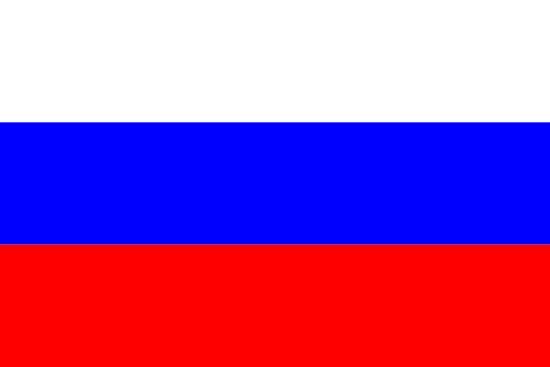Sukhoveeva O.E., Zolotukhin A.N., Karelin D.V. CLIMATE-DETERMINED CHANGES OF ORGANIC CARBON STOCKS IN ARABLE CHERNOZEMS IN KURSK REGION // Arid ecosystems. 2020. V. 26. № 2 (83). P. 72-79. | PDF
Two simulation biogeochemical models of carbon turnover in a soil ‒ DNDC (DeNitrification-DeComposition) and RothC (Rothamsted long term field experiment Carbon model) – had been parametrized for arable Haplic Chernozems in Kursk region. Also, they had been verified by field estimates of CO2 soil emission in Kursk biosphere station (Institute of Geography, Russian Academy of Sciences) under five crops: winter wheat, barley, corn, sunflower, and potato. The dynamics of soil organic carbon stocks was calculated by modeling over the period 1990-2018. RothC’s estimates of soil organic carbon losses were region-specific, they mainly depended on weather conditions, their average rate was 342 ± 54 kg С ha-1 yr-1. Whereas the results of DNDC were more specific for each crop, they varied from maximal losses under corn 272 kg С ha-1 yr-1 to accumulation under winter wheat 266 kg С ha-1 yr-1. The reconstruction of agroclimatic conditions in 1990-2018 evidenced a significant increase in heat supply, which was due to rise of average annual air temperature (0,68°С/10 yr) and positive degree-days (224°С/10 yr). The variability in annual moisture supply during the same period was more than 20 %. As correlation analysis showed, the long-term dynamics of soil organic carbon in Kursk region mainly depends on temperature characteristics, namely positive degree-days, Selyaninov’s hydrothermal coefficient, Sapozhnikova’s humidification coefficient, whereas precipitation in warm period was less significant.
Keywords: agroclimatic resources, agroecosystems, carbon dioxide emission, organic carbon balance, land degradation neutrality, simulation modeling, statistical analysis.
DOI: 10.24411/1993-3916-2020-10098


